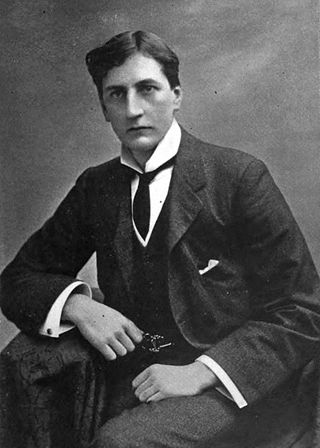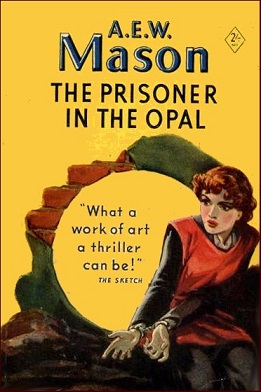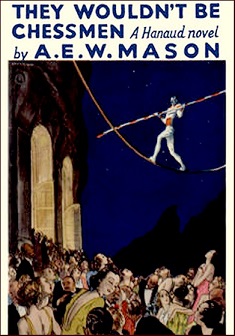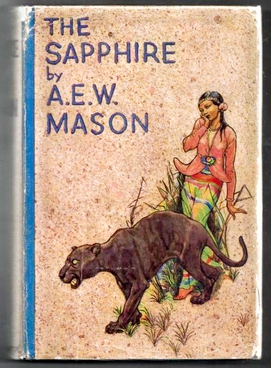
Carmen is an opera in four acts by the French composer Georges Bizet. The libretto was written by Henri Meilhac and Ludovic Halévy, based on the novella of the same title by Prosper Mérimée. The opera was first performed by the Opéra-Comique in Paris on 3 March 1875, where its breaking of conventions shocked and scandalised its first audiences. Bizet died suddenly after the 33rd performance, unaware that the work would achieve international acclaim within the following ten years. Carmen has since become one of the most popular and frequently performed operas in the classical canon; the "Habanera" from act 1 and the "Toreador Song" from act 2 are among the best known of all operatic arias.

Where on Earth Is Carmen Sandiego? is an American live action/animated television series based on the series of computer games. The show was produced by DIC Productions L.P. and originally aired from 1994 to 1999, on Saturday mornings during FOX's Fox Kids Network block. Reruns aired on the Qubo television network from June 9, 2012 to May 26, 2018.

Charles Simon Favart was a French playwright and theatre director. The Salle Favart in Paris is named after him.

Alfred Edward Woodley Mason was an English author and Liberal Party Member of Parliament. He is best remembered for his 1902 novel of courage and cowardice in wartime, The Four Feathers, and is also known as the creator of Inspector Hanaud, a French detective who was an early template for Agatha Christie's famous Hercule Poirot.

The Listerdale Mystery is a short story collection written by Agatha Christie and first published in the UK by William Collins and Sons in June 1934. The book retailed at seven shillings and sixpence (7/6). The collection did not appear in the US; however, all of the stories contained within it did appear in other collections only published there.

Innocent Blood (1980) is a crime novel by English writer P. D. James. Unlike her Adam Dalgliesh mysteries it is not a detective story but closer to a psychological thriller and was the first of James' novels to step outside the detective genre. It follows the story of a young woman searching for her biological roots, having known since childhood that she was adopted, and the dark truths that she uncovers.

Bad for Business is a mystery novel by American write Rex Stout, starring his detective Tecumseh Fox, first published in 1940. Private investigator Tecumseh Fox was the protagonist of three mysteries written by Stout between 1939 and 1941.

Carmen is a novella by Prosper Mérimée, written and first published in 1845. It has been adapted into a number of dramatic works, including the famous opera of the same name by Georges Bizet.

The House of the Arrow is a 1924 mystery novel by the English novelist A. E. W. Mason, the third full-length novel featuring his recurring character Inspector Hanaud. It has inspired several films of the same title.

The Cocoanuts is a musical with music and lyrics by Irving Berlin and a book by George S. Kaufman, with additional text by Morrie Ryskind.

At the Villa Rose is a 1910 detective novel by the British writer A. E. W. Mason, the first to feature his character Inspector Hanaud. The story became Mason's most successful novel of his lifetime. It was adapted by him as a stage play in 1920, and was used as the basis for four film adaptions between 1920 and 1940.
At the Villa Rose is a 1920 British silent detective film based on the 1910 novel At the Villa Rose by British politician and author A.E.W. Mason. The feature was directed by Maurice Elvey and stars Manora Thew and Langhorn Burton. A print of the film survives at the British Film Institute archives.

Diplomatic Courier is a 1952 American spy film noir directed by Henry Hathaway and starring Tyrone Power, Patricia Neal and Stephen McNally. The nightclub scene in the film features actor Arthur Blake, famous for his female impersonations, impersonating Carmen Miranda, Bette Davis, and Franklin D. Roosevelt. The plot was loosely adapted from the 1945 novel Sinister Errand by British writer Peter Cheyney.

The Prisoner in the Opal is a British detective novel by A.E.W. Mason, serialised in The Pall Mall Magazine and published in book form in 1928. It is the third full-length novel in Mason's Inspector Hanaud series, and the only one to feature the occult as a significant plot point.

They Wouldn't Be Chessmen is a 1935 British detective novel by A.E.W. Mason. It is the fourth full-length novel in Mason's Inspector Hanaud series.

The House in Lordship Lane is a 1946 British detective novel by A.E.W. Mason. It is the fifth and final full-length novel in Mason's Inspector Hanaud series, published when the author was eighty-one. Unlike the others in the series the story is largely set in England, the Lordship Lane of the title being a thoroughfare in East Dulwich, South London.
Inspector Gabriel Hanaud is a fictional French detective depicted in a series of five novels, one novella and one short story by the British writer A. E. W. Mason. He has been described as the "first major fiction police detective of the Twentieth Century".

Strange Case of Dr Jekyll and Mr Hyde is an 1886 Gothic novella by Scottish author Robert Louis Stevenson. It follows Gabriel John Utterson, a London-based legal practitioner who investigates a series of strange occurrences between his old friend, Dr Henry Jekyll, and a murderous criminal named Edward Hyde.

The Sapphire is a 1933 novel of mystery and adventure by A. E. W. Mason, published by Hodder & Stoughton.

















